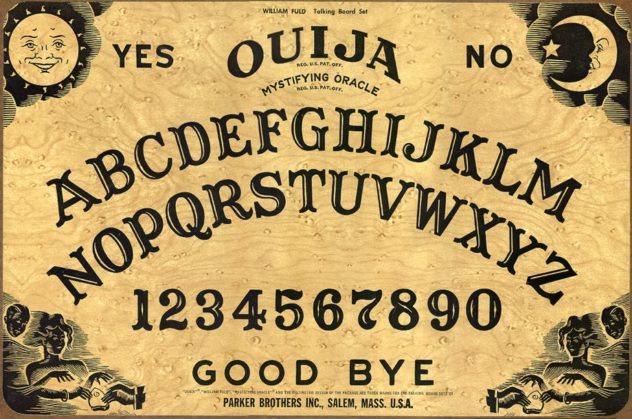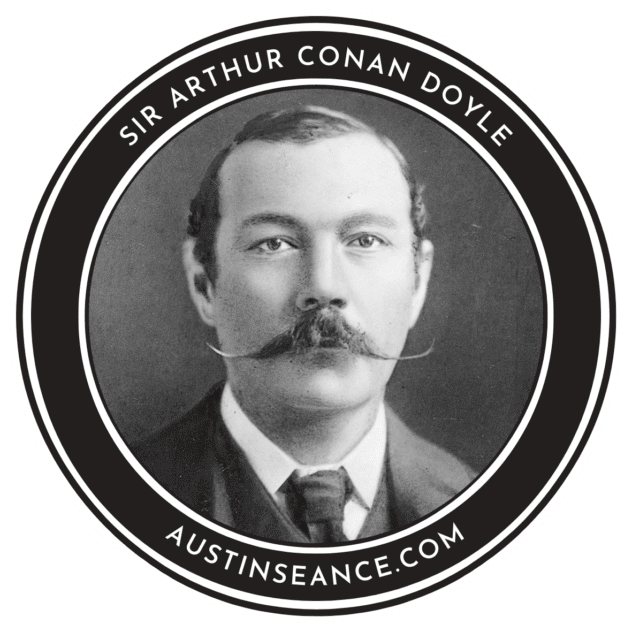
Six years after the appearance of that article a patent for a “Ouija or Egyptian luck-board” was filed by Baltimore attorney Elijah H. Bond, who in turn assigned the rights to Charles W. Kennard and William H.A. Maupin. This early talking board (the patent was filed on May 28, 1898) was the first with the Ouija name.

Seven people — men, women and a teen-aged girl — barricade themselves in a home located in El Cerrito, California as they spend days consulting Ouija boards. By all accounts they went insane in the process. One of the then-crazed women warned surrounding police to stay back lest her husband — then dead three months — started killing. A priest was summoned. Doors were broken down.
Largely forgotten today, the March 3, 1920 police scene in a small community just outside Berkeley, California has been described as one of the most unusual occult incidents ever investigated by California authorities. A documented case of Ouija-inspired mass hysteria, the incident generated front-page headlines, attracted the attention of medical professionals and prompted calls for reform legislation.

According to Mitch Horowitz, author of the critically acclaimed Occult America,the origins of the device known today as the Ouija Board can be traced back to the late 19th Century — although not reliably further back than that. Horowitz cites a March 28, 1886 article appearing in the Sunday supplement of the New York Daily Tribune entitled “A Mysterious Talking Board and Table over Which Northern Ohio is Agitated.” The article included an illustration and description of an early talking board very similar to today’s version.

Six years after the appearance of that article a patent for a “Ouija or Egyptian luck-board” was filed by Baltimore attorney Elijah H. Bond, who in turn assigned the rights to Charles W. Kennard and William H.A. Maupin. This early talking board (the patent was filed on May 28, 1898) was the first with the Ouija name.

Seven people — men, women and a teen-aged girl — barricade themselves in a home located in El Cerrito, California as they spend days consulting Ouija boards. By all accounts they went insane in the process. One of the then-crazed women warned surrounding police to stay back lest her husband — then dead three months — started killing. A priest was summoned. Doors were broken down.
Largely forgotten today, the March 3, 1920 police scene in a small community just outside Berkeley, California has been described as one of the most unusual occult incidents ever investigated by California authorities. A documented case of Ouija-inspired mass hysteria, the incident generated front-page headlines, attracted the attention of medical professionals and prompted calls for reform legislation.

According to Mitch Horowitz, author of the critically acclaimed Occult America,the origins of the device known today as the Ouija Board can be traced back to the late 19th Century — although not reliably further back than that. Horowitz cites a March 28, 1886 article appearing in the Sunday supplement of the New York Daily Tribune entitled “A Mysterious Talking Board and Table over Which Northern Ohio is Agitated.” The article included an illustration and description of an early talking board very similar to today’s version.
